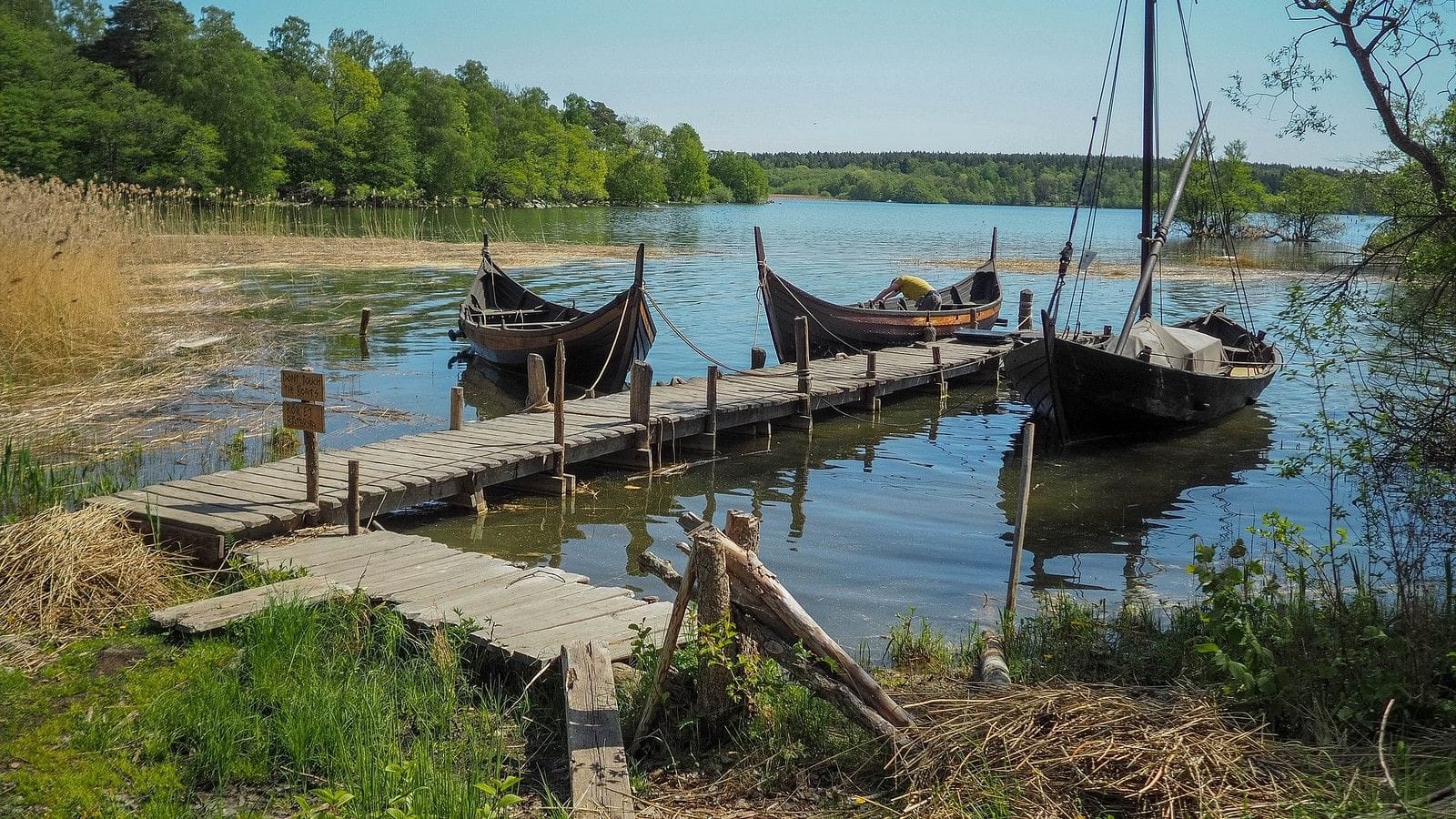
Unveiling Stockholm's Viking heritage
What's the story
Stockholm, the vibrant capital of Sweden, is widely recognized for its sleek design and cutting-edge technology. Yet, beneath its contemporary facade, a rich historical tapestry stretches back to the Viking Age. This article is dedicated to debunking common myths while uncovering the realities of Stockholm's Viking heritage, thus offering travelers an enriched understanding of this intriguing era.
Helmets
Myth: Vikings wore horned helmets
One of the most enduring images of Vikings is that of fearsome warriors donning helmets with imposing horns. Contrary to popular belief, there is no historical evidence to support this image. Archaeological findings suggest that Vikings wore simple, functional helmets made from leather or iron. The horned helmet myth likely originated from 19th-century art and was further popularized by stage productions.
Navigators
Reality: Skilled navigators and traders
Vikings are often portrayed as ruthless raiders, but they were also accomplished navigators and traders who established extensive networks across Europe and beyond. Stockholm itself was a significant trading hub during the Viking Age. Today, visitors can explore museums like the Vasa Museum to learn about maritime history or take boat tours that trace the routes once navigated by these skilled seafarers.
Diversity
Myth: A monolithic culture
The term 'Viking' conjures up a homogeneous image of Scandinavian warriors sharing a single culture. In reality, the Viking Age was characterized by a rich diversity of cultures and traditions among different Norse communities. In Stockholm, this diversity is celebrated at cultural institutions such as the Swedish History Museum, where artifacts from various regions offer insights into the multifaceted nature of Viking society.
Governance
Reality: Pioneers in governance
While Vikings are seldom recognized for their contributions to governance systems, they played a crucial role in developing early democratic practices. The Thing - an assembly where free men could voice their opinions and settle disputes - laid foundational principles for modern governance structures. Visitors interested in this aspect can visit historical sites around Stockholm where such assemblies were believed to have taken place.